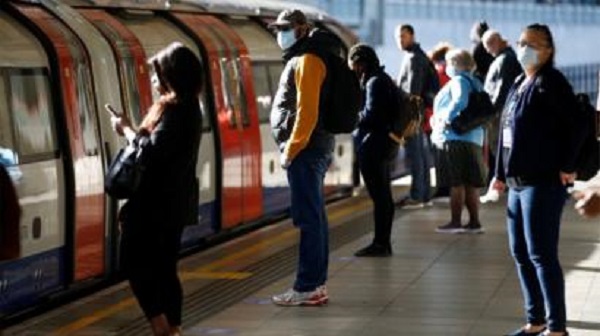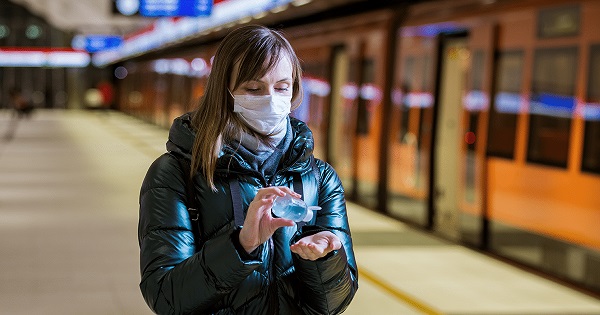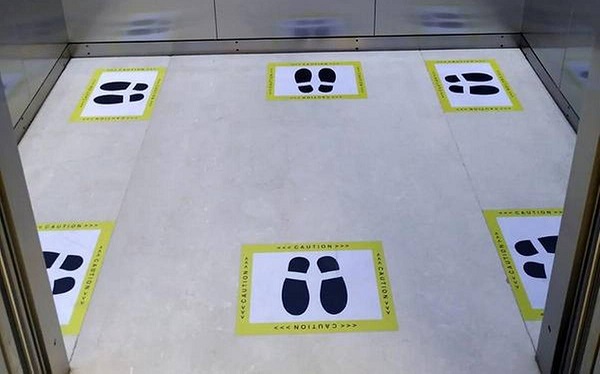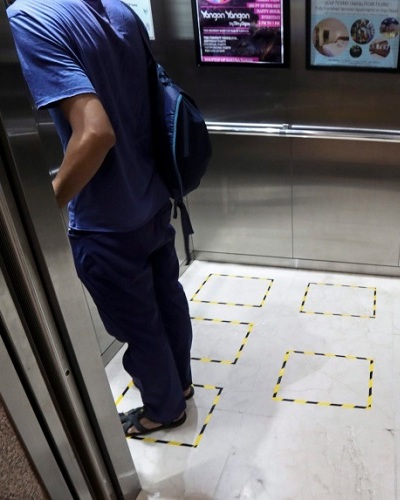Commuting to your workplace in public transport and elevators during coronavirus pandemic! How to make it safe?
- As an immediate measure to curb the spread of coronavirus, nations imposed a strict lockdown.
- Businesses were shut and those who could manage started working from home.
- But this cannot go on forever. Once lockdown is eased, people have to rejoin duties at the workplace.
But with coronavirus still lurking around, this has to come with certain extra precautions. So what caution and safety precautions do people have to take while commuting to the workplace, to the work desk, or at the workplace?
Return to the workplace but with a new normal
Coronavirus pandemic has caused a grave impact on the economy of nations. The virus has still not stopped its afflictions and cases continue to be on the rise.
But considering the fact that people cannot remain shut behind closed doors for long, many governments have begun easing lockdowns but gradually.

This would come with the added risk of acquiring coronavirus. But how to reduce these chances? CDC and other health organizations and web portals have issued guidelines for best practices during these trying times.
Transport to office
If possible, for another few months one can try to continue to work from home. If not and one has to be in the office for work, one is requested to follow safe travel guidelines.
Preferably use a private mode of transport to reach the workplace. This is contrary now to what was recommended earlier before coronavirus lockdown.
In order to cut down carbon dioxide emissions, carpooling was a feature in many big towns and cities. But now, solo travel would be the best.
One can walk down if the workplace is near or use a bike. This would prevent global warming and traffic congestion and pollution.

Do not touch your mouth, nose, or eyes with your hands. Cover your mouth when you cough and sneeze or cough into your elbow. Throw used tissues into the trash.
Maintain a distance of 6 feet or 2 m between two individuals. Wear a face mask with or without a face shield at all times in public spaces.
Stay at home if ill. Refrain from touching or leaning on commonly touched surfaces. Clean and disinfect surfaces and hands intermittently. Improve ventilation in the place.
Escalators and elevators to your work area
Extra precautions are you be taken in escalators and elevators taking you to your workstation. These are risk-increasing bottlenecks and are against the concept of social distancing.
Experts recommend that one should remain in one’s corner, keep your face to the walls, and use a toothpick to press the buttons.
The lift manufacturers are also trying to incorporate ultraviolet disinfection tools and voice-activated panels in them. Always put a face mask in the elevator and use hand sanitizer before entering the elevator and after you exit it.

Additionally,
“The elevator cleaning and disinfecting is just on a whole new level than it was previously,”
Says Michael Rogoff, president of the New York City and South Florida residential management firm Akam Living Services Inc.
Minimize contact even at the workplace. Keep the area clean and sanitized. Regularly handwash and use face masks at all times. Talk less and work more!!!
Also, read Coronavirus is losing its infectivity and will be over before a vaccine arrives, some doctors feel!





